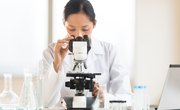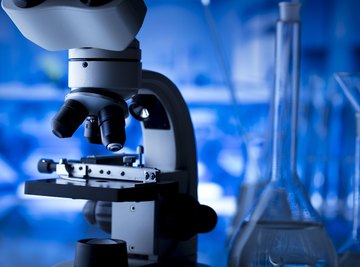
One of the wonders of the scientific world is that so much of what goes on is invisible to the naked eye. Invented in 1590 by a Dutch optician named Zacharias Janssen, the compound (or light) microscope gives students and scientists a close-up view of tiny structures like cells and bacteria. Read on to find out more about microscope parts and how to use them.
The Eyepiece Lens
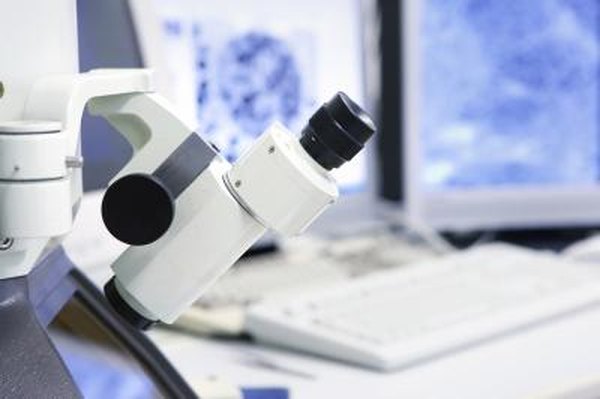
The eyepiece contains the ocular lens, which the user looks through to see the magnified specimen. The ocular lens has a magnification that can range from 5x to 30x, but 10x or 15x is the most common setting.
The Eyepiece Tube
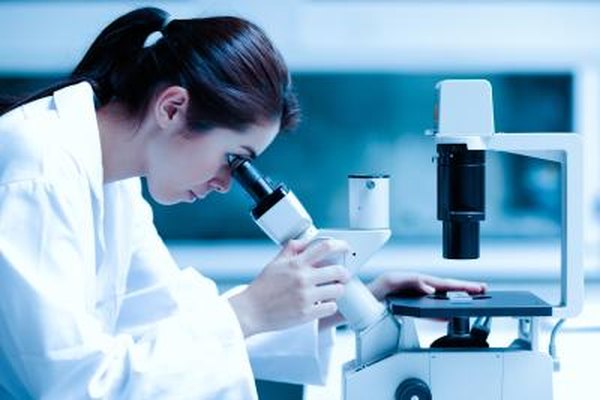
The eyepiece tube connects the eyepiece and ocular lens to the objective lenses located near the microscope stage.
The Microscope Arm
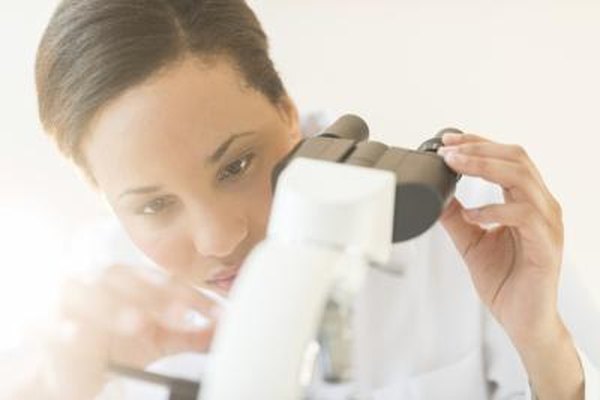
The microscope arm connects the eyepiece tube to the base. This is the part you should hold when transporting a microscope.
The Microscope Base
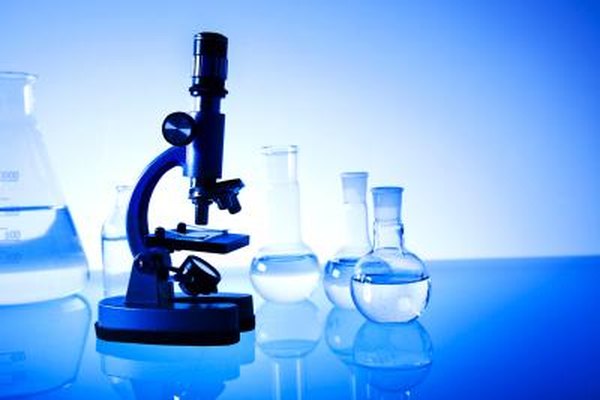
The base provides stability and support for the microscope when it is upright. The base also typically holds the illuminator, or light source.
The Microscope Illuminator
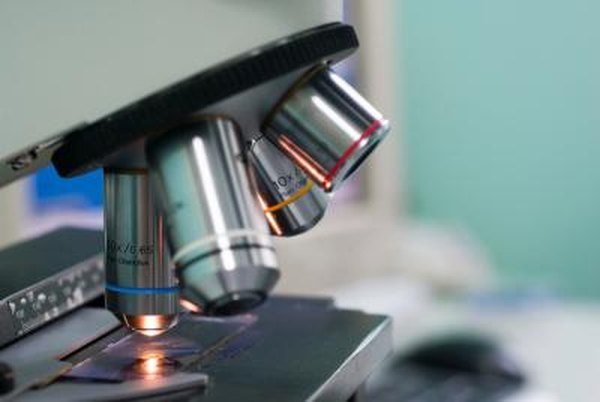
Microscopes require a light source for viewing. This can come in the form of a built-in, low-voltage illuminator light, or a mirror that reflects an external light source like sunlight.
Stage and Stage Clips
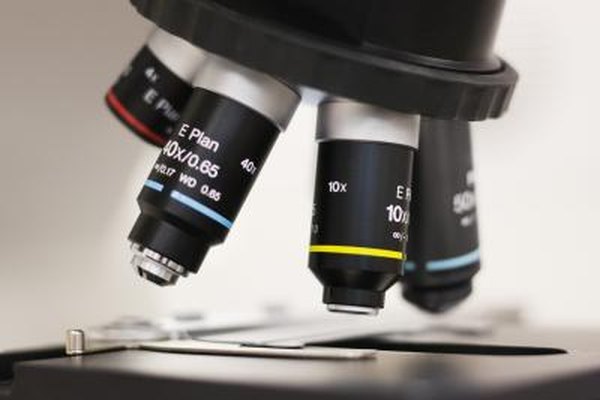
The stage is a platform for the slides, which hold the specimen. The stage typically has a stage clip on either side to hold the slide firmly in place. Some microscopes have a mechanical stage, with adjustment knobs that allow for more precise positioning of slides.
The Microscope Nosepiece

The nosepiece contains the objective lenses. Microscope users can rotate this part to switch between the objective lenses and adjust the magnification power.
The Objective Lenses
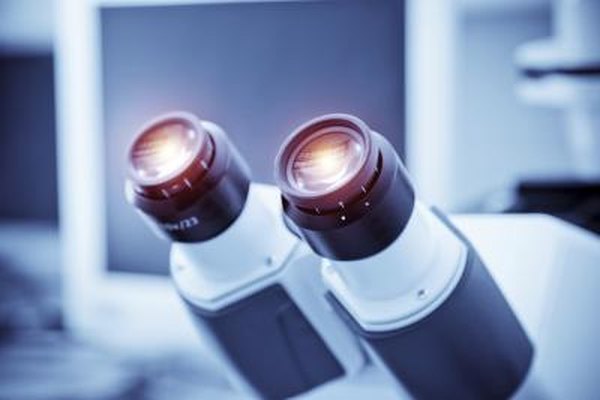
The objective lenses combine with the eyepiece lens to increase magnification levels. Microscopes generally feature three or four objective lenses, with magnification levels ranging 4x to 100x.
The Rack Stop
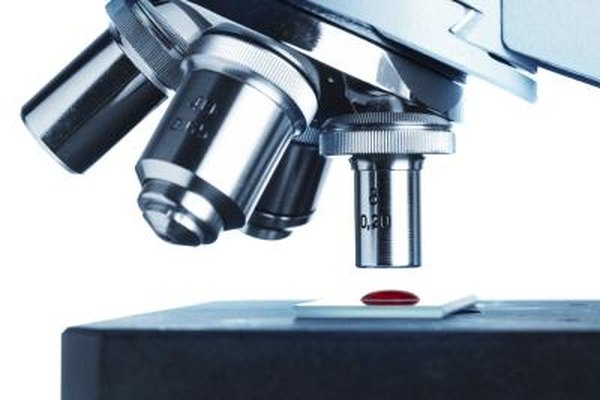
The rack stop prevents users from moving the objective lenses too close to the slide, which could damage or destroy the slide and specimen.
Condenser Lens and Diaphragm

The condenser lens works with the diaphragm to focus the intensity of the light source onto the slide containing the specimen. These parts are located under the microscope stage.
References
About the Author
Adam Johnson has been writing for online publications since 2008 and in his capacity as a Freedom of Information Act professional since 2002. Johnson holds a Bachelor of Arts in foreign affairs from the University of Virginia and a Master of Arts in international commerce and policy from George Mason University.
